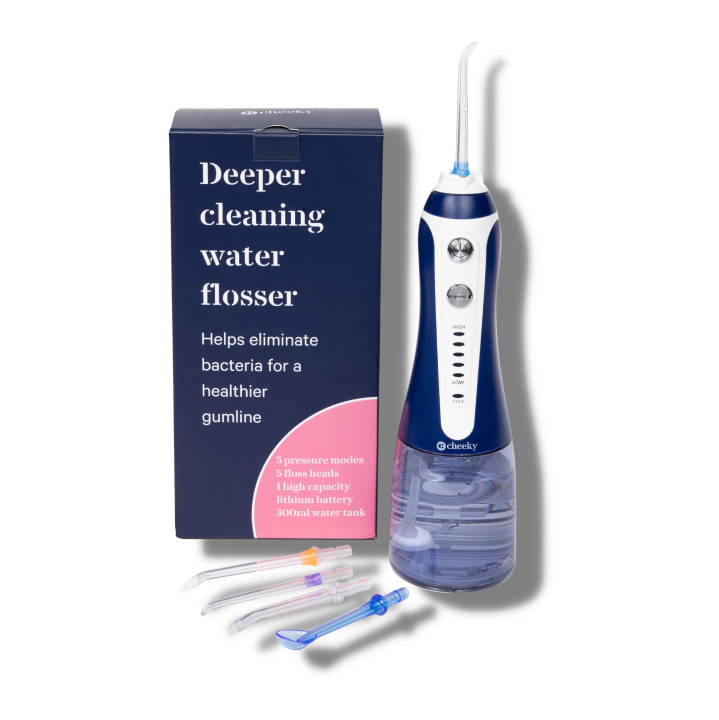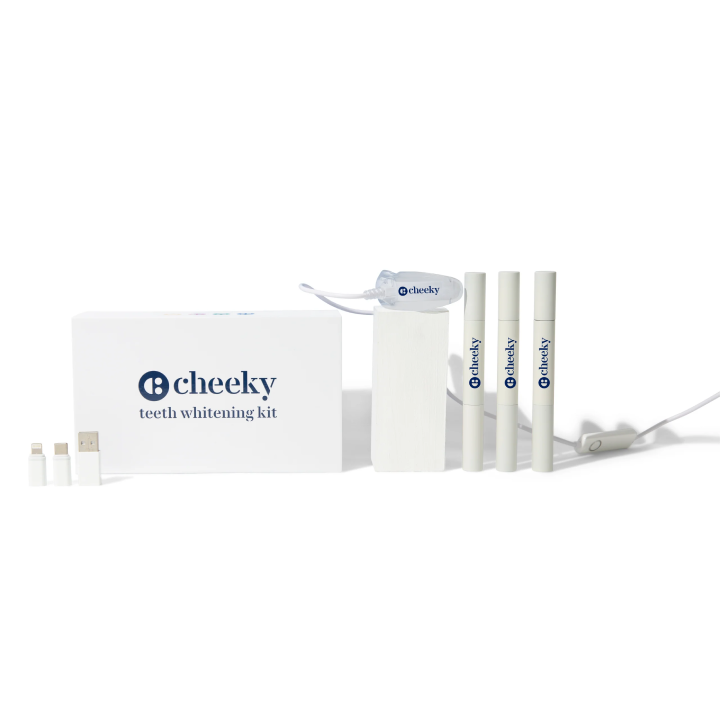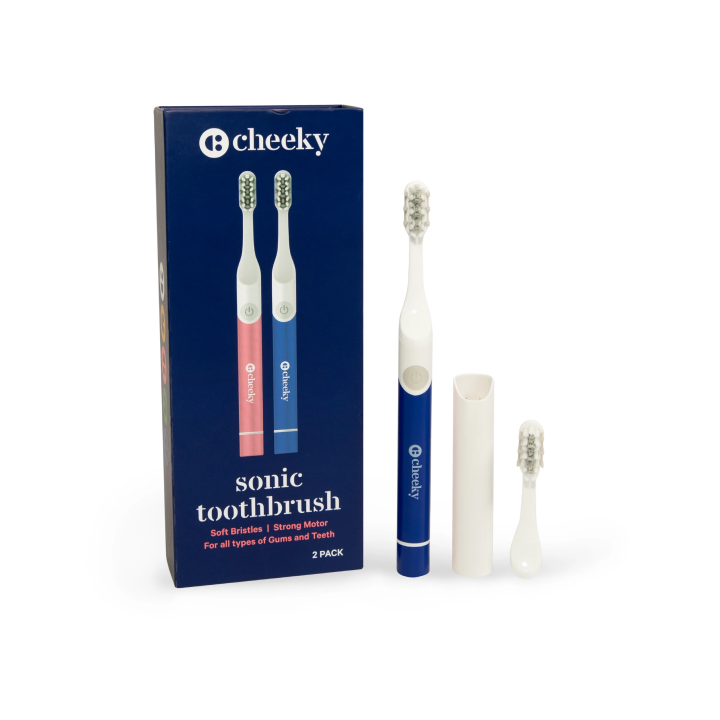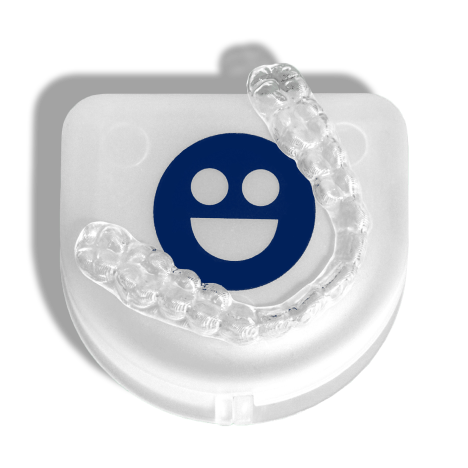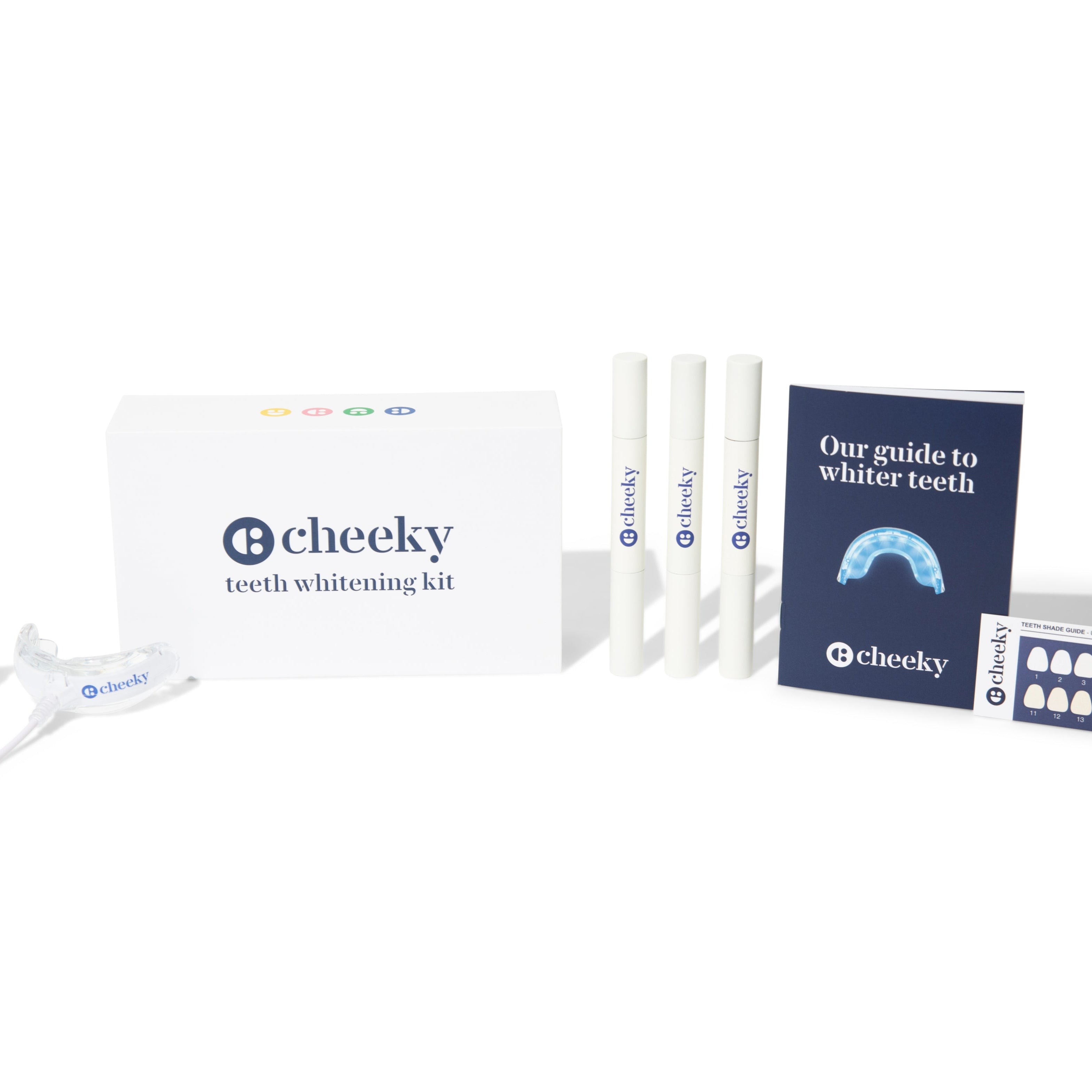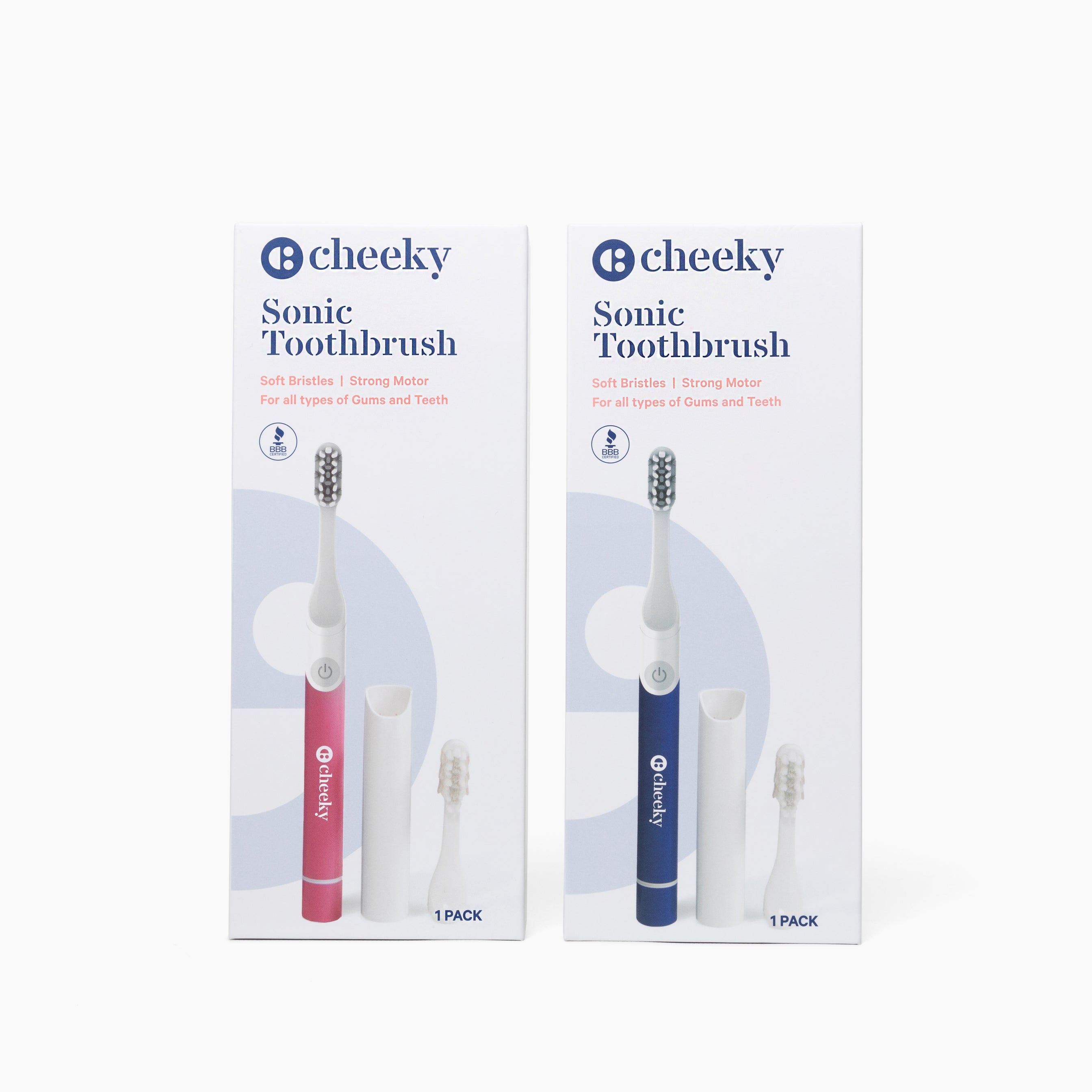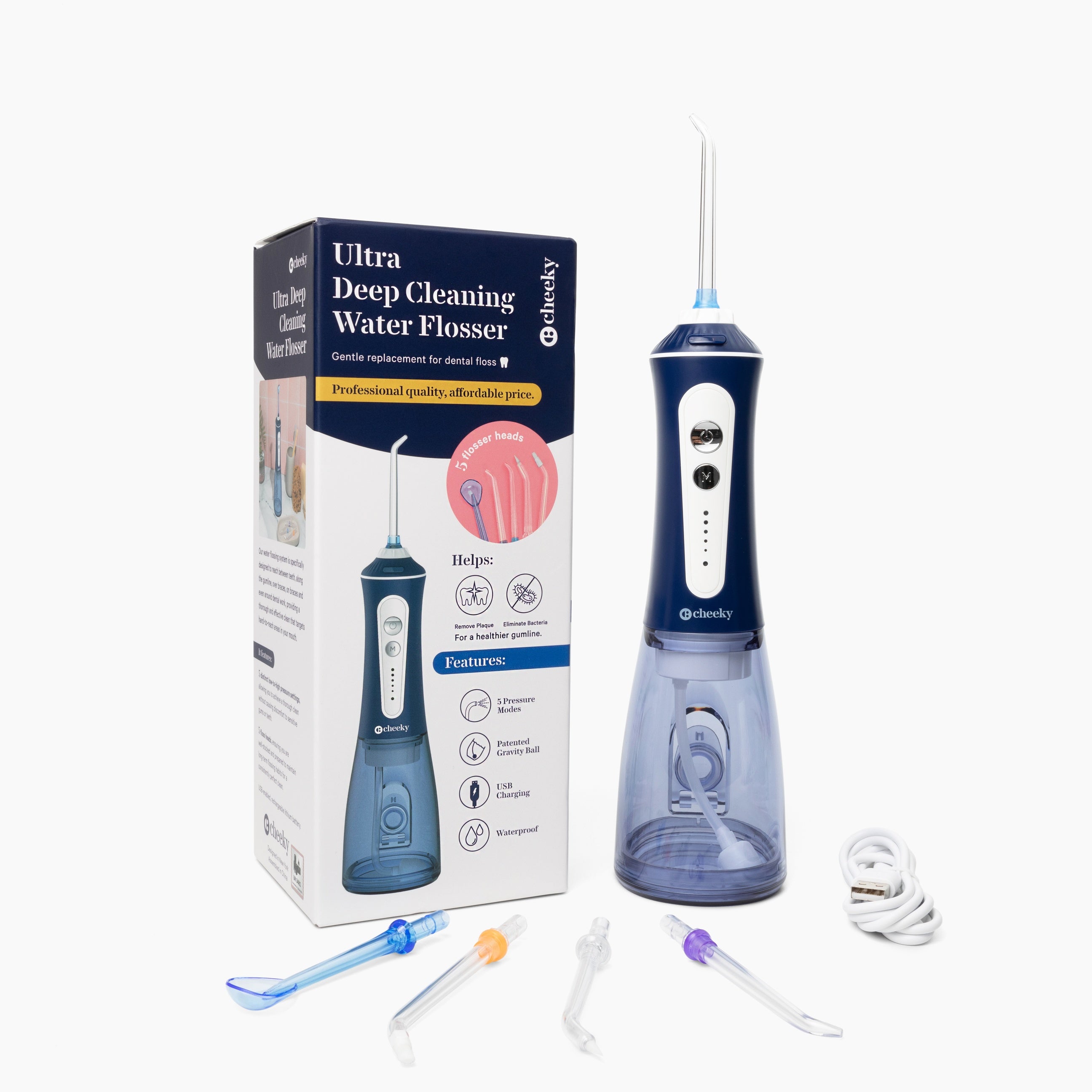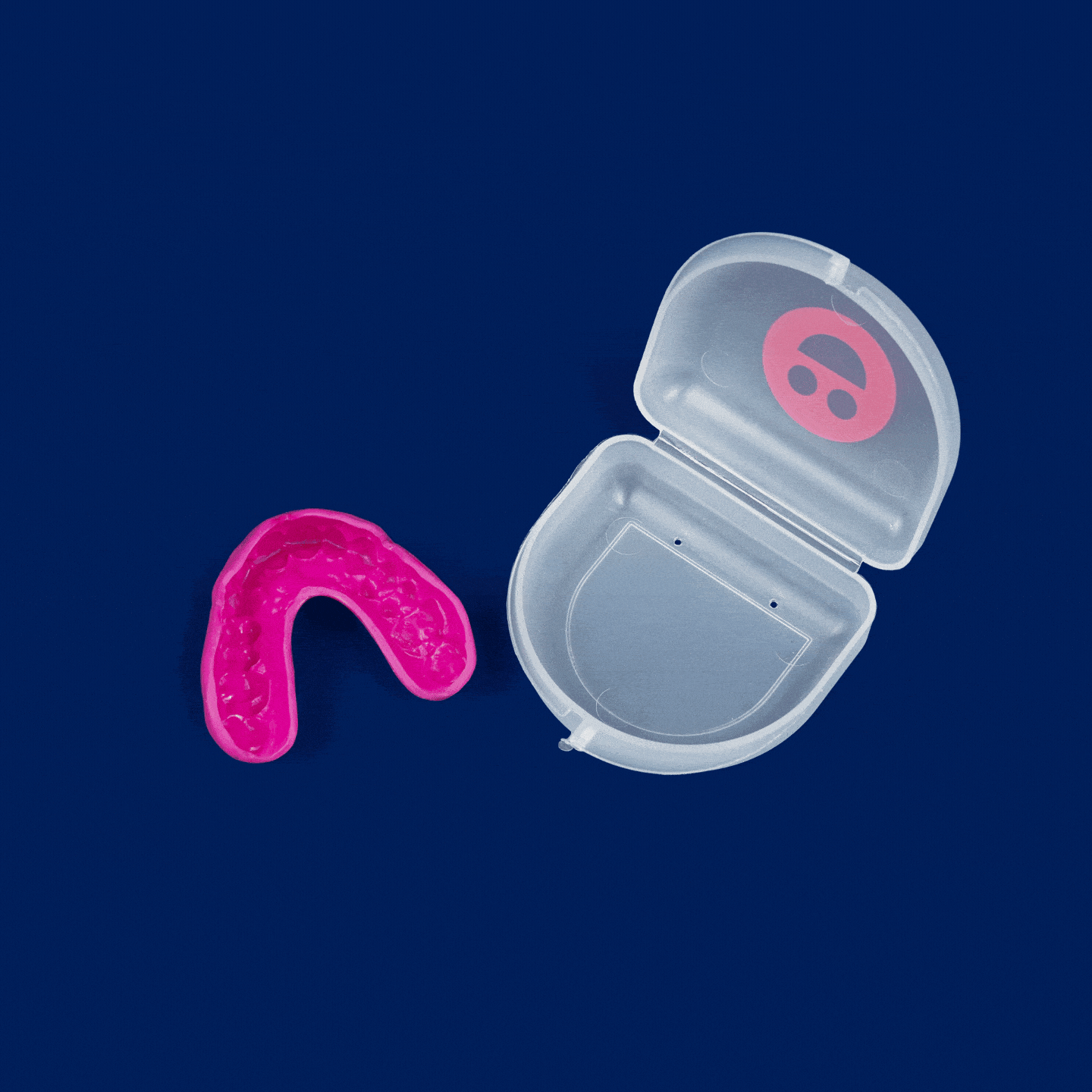Imagine this: you see a photo of yourself smiling and having a great time with friends, but all you can think is “I wish my teeth weren't so yellow.” Sound familiar?
Everybody’s wished for whiter teeth at times. After all, pharmacy shelves are stocked with teeth-whitening products like special toothpaste and whitening strips, but do these products really work? Is it even possible to whiten your teeth after discoloration has happened?
Teeth whitening is a billion-dollar industry in the United States, and there are lots of remedies that promise to get rid of discoloration. The problem is there are plenty of things that cause tooth discoloration, and some treatments are more effective than others.
Let’s look more at teeth whitening fact or fiction tips, including what causes it, what treatments are available, and how you can help keep your teeth white with good oral health.
Fact: Things You Eat and Drink Can Discolor Your Teeth
Lots of people dream of having a mouth full of pearly whites, but tooth discoloration is, for most, a fact of life. There are lots of things that can discolor your teeth, including certain foods, beverages, and tobacco products.
When tooth discoloration happens because of something you consume, this is called an extrinsic factor or cause.
For example, there are lots of foods and drinks that can turn your teeth a brownish color, including tea, coffee, and sodas. Tobacco products like chewing tobacco (and smoking) can also make your teeth turn brown.
Similarly, discoloration from things like wine or certain fruits and vegetables can make your teeth slightly purple.
And here's an interesting one: while fluoride is used to prevent tooth decay, too much of it can actually cause white or brown spots on the teeth called fluorosis. This typically happens when children eight and younger are overexposed to fluoride.
Fiction: All Tooth Discoloration Is Caused by Surface Stains
Lots of things can contribute to tooth discoloration, and what you consume only accounts for a portion of them. Discoloration can also be caused by intrinsic factors, meaning the cause comes from inside your body. Some examples of intrinsic factors that can cause discoloration include:
- Age
- Genetics
- Certain diseases
- Some medications
- Injuries
Age and genetics can cause yellowish discoloration of the teeth from the inside out. Here's how it happens: underneath a tooth’s enamel is a yellowish tissue called dentin. This can start to show through the outer layer of protective enamel as the enamel erodes because of wear and tear, acid, genetics, and aging. The more the enamel erodes, the more yellow your teeth will look.
Some diseases can make your teeth less white, usually because of the way they impact enamel. Medical conditions that can discolor teeth include celiac disease, liver disease, hypocalcemia, rickets, and more.
Similarly, some medical treatments can impact tooth color as well, including chemotherapy and radiation treatment, especially for the head and neck areas.
Fiction: Whitening Toothpaste Can Eliminate All Discoloration
There are lots of over-the-counter whitening products on the market that you can use at home to whiten your teeth, including toothpaste. Whitening toothpaste often uses abrasives or bleaching agents to whiten teeth.
Whitening toothpaste typically only works to remove some surface stains, such as those caused by food and drink. However, no whitening toothpaste can fix teeth that have been discolored because of age, genetics, or other intrinsic factors.
That’s because whitening toothpaste with bleaching agents doesn’t stay on your teeth long enough and can’t fix stains that go beyond the surface.
If you do want to try a whitening toothpaste to get rid of some surface stains, opt for one that has the Seal of Acceptance from the American Dental Association.
Fact: It’s Possible to Whiten Your Teeth with the Right Treatment
While abrasive toothpaste can eliminate some surface staining, there are other whitening treatments available if you need something more powerful that goes beyond the surface. Some of the most popular options are:
- In-office professional whitening treatments
- At-home treatments that you get from the dentist
- Over-the-counter products
Most of these treatments contain carbamide peroxide or hydrogen peroxide. These chemicals penetrate the enamel and the dentin, making the teeth whiter from the inside out.
Professional bleaching options are ones that you can do at the dentist’s office or at home. While they are effective, they cost a lot more than over-the-counter treatments, and they can also cause sensitive teeth and gums.
Over-the-counter products like whitening strips are more affordable, and they're a lot more effective than toothpaste. You do have to be careful that you use these products as directed, otherwise you increase the risk of side effects like sensitive teeth and gum irritation.
Fiction: Natural DIY Tooth Whiteners Are Effective
Any quick online search will tell you that there are hundreds of ways to whiten your teeth naturally with DIY treatments. The problem is that most of these treatments are anecdotal at best, and some can even cause damage. Here are some examples of foods or household products that supposedly whiten teeth:
- Coconut oil
- Baking soda and strawberries
- Vinegar
- Charcoal
- Table salt
- Hydrogen peroxide
Most of the items on that list are abrasive, and if you're not careful, then you could end up damaging your enamel. As for swishing with hydrogen peroxide, this can actually damage the tissue inside your mouth and isn't recommended.
In Conclusion: It’s a Fact that There’s an Ideal Way to Whiten Teeth
It’s common for people to be concerned about their oral health and the whiteness of their teeth, but that doesn’t mean you need to go to extreme measures or spend thousands of dollars to achieve both.
For white teeth and a healthy mouth, brush your teeth twice a day using a toothbrush with soft bristles, floss daily, and visit the dentist regularly.
To whiten your teeth, try an over-the-counter whitening strip producst, gel, or LED whitening systems like Cheeky's but don’t expect immediate results. It’s best if you whiten slowly over time to avoid damaging your enamel or causing tooth and gum sensitivity.
